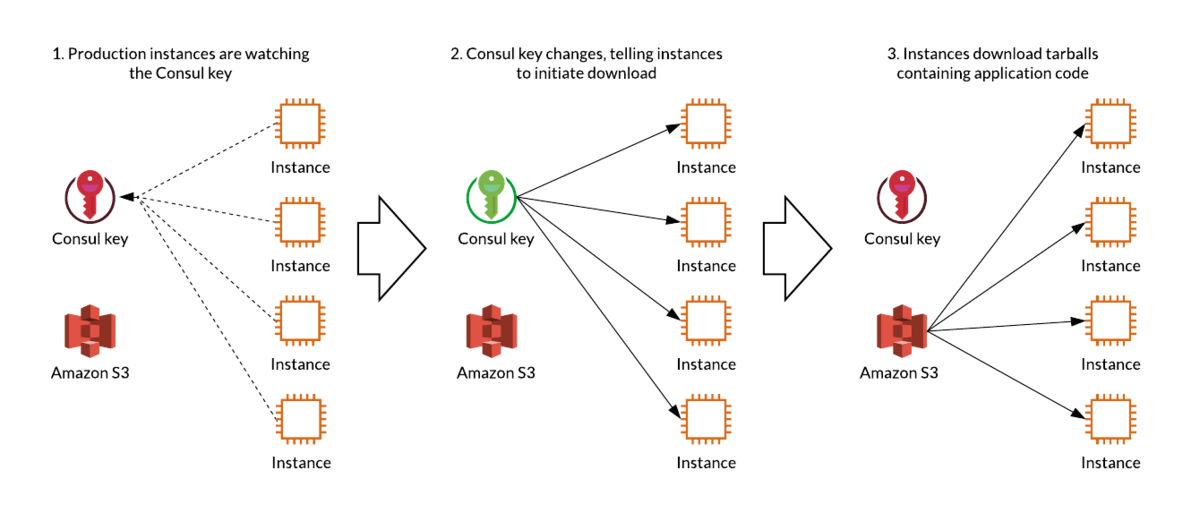How we design our APIs at Slack
This is quite a resource coming from a team whose API has always impressed me.
If APIs are designed well, developers will love them, and can become the most creative innovators using your APIs. They will invest heavily, and sometimes even become evangelists for your APIs. We also value a developer’s time and the resource they risk by building on our platform. Bad API design leads to a bare minimum adoption, and even frustration. Bad APIs become a liability for a company.
They share their six design principles as well as the process they follow through to implementation. A must-read for anyone who designs and builds APIs for fun and profit.
